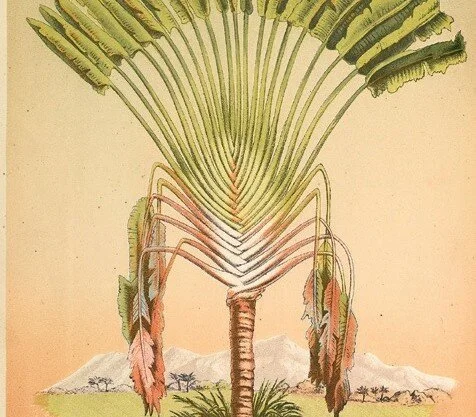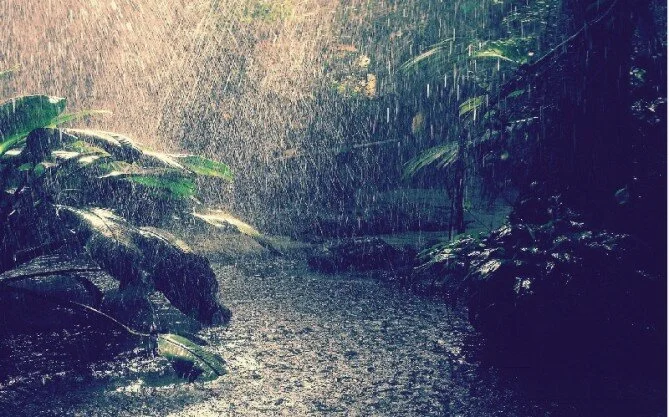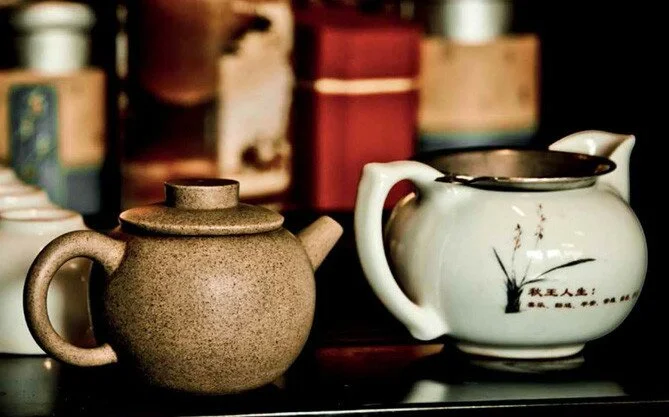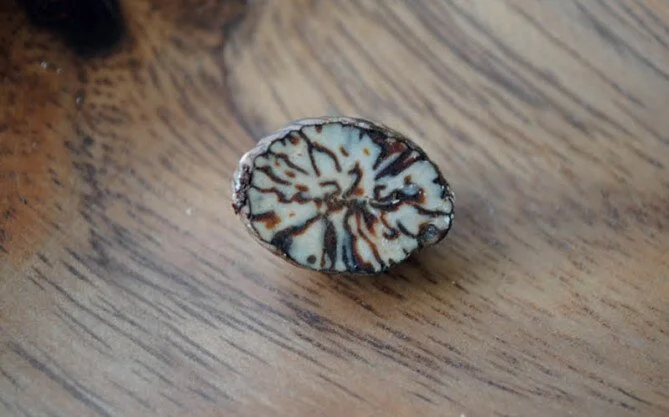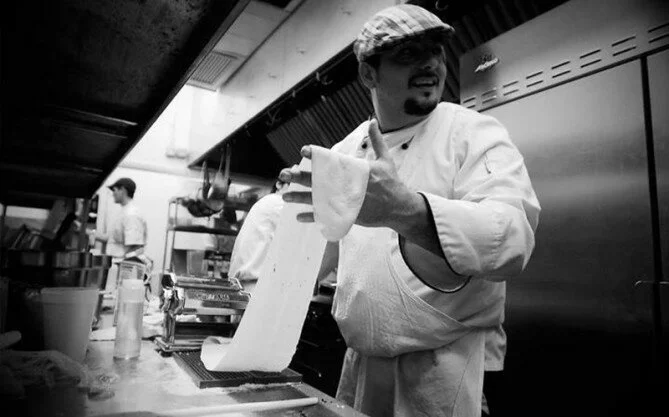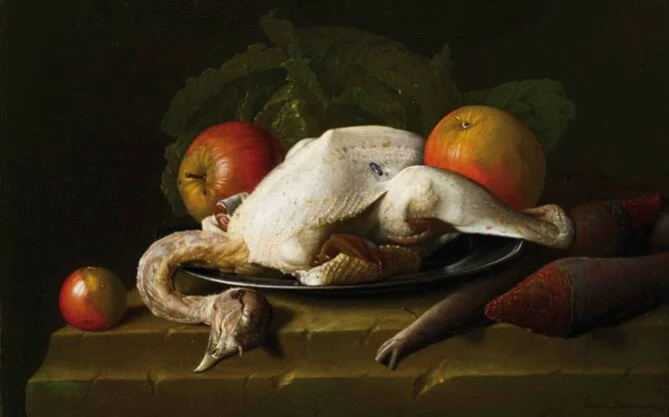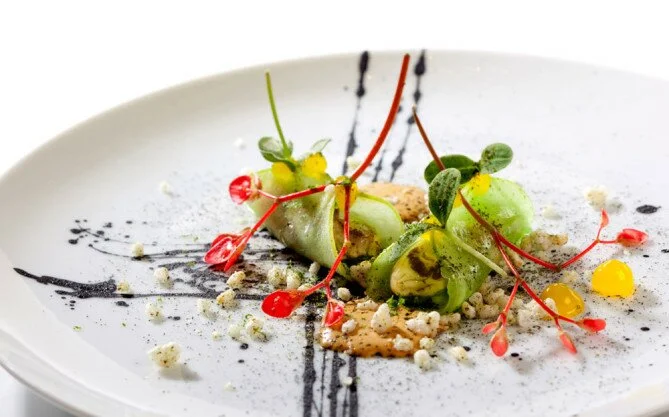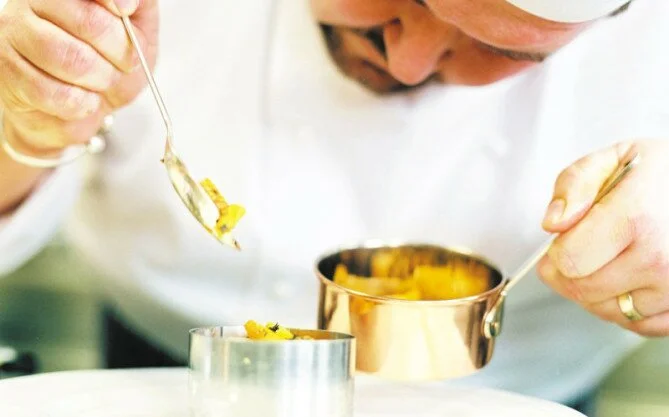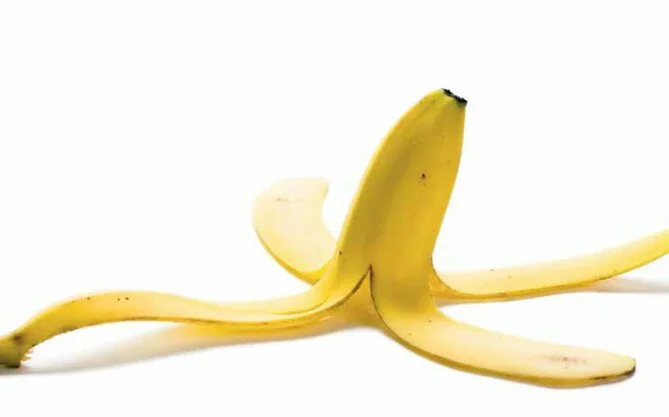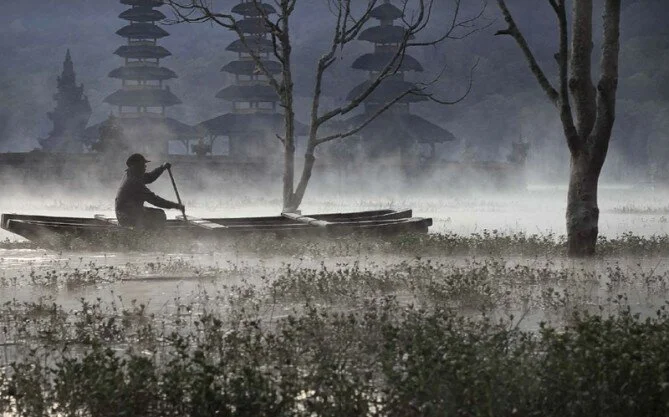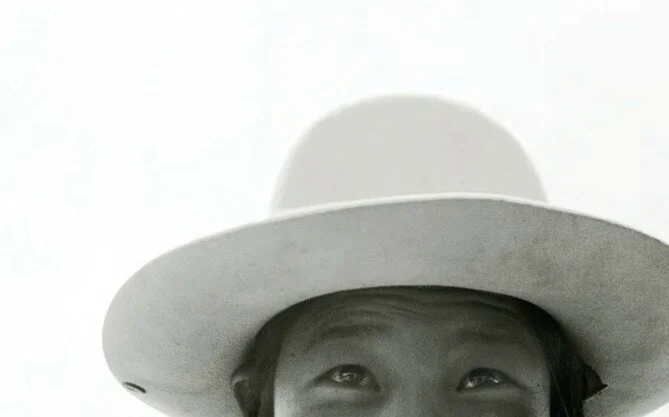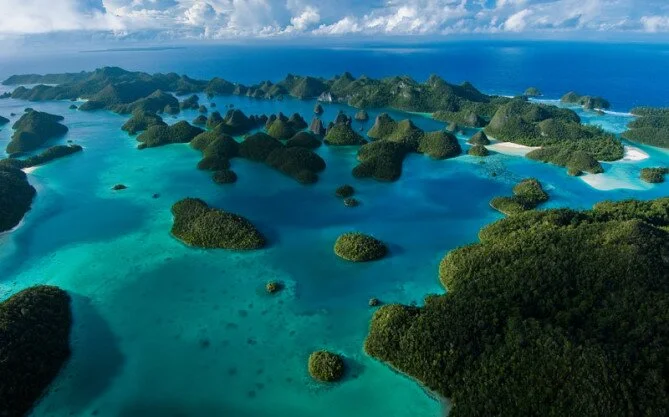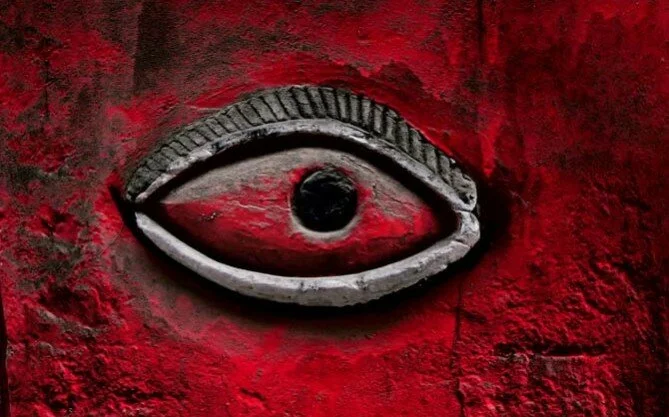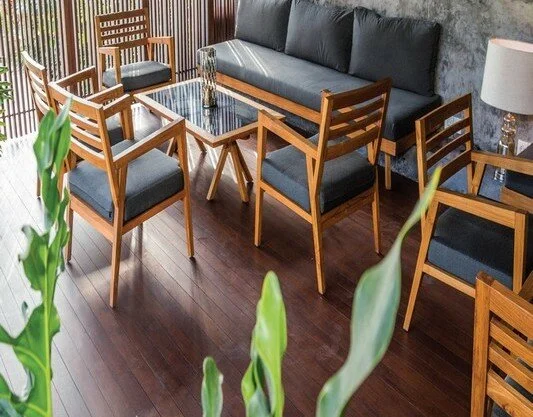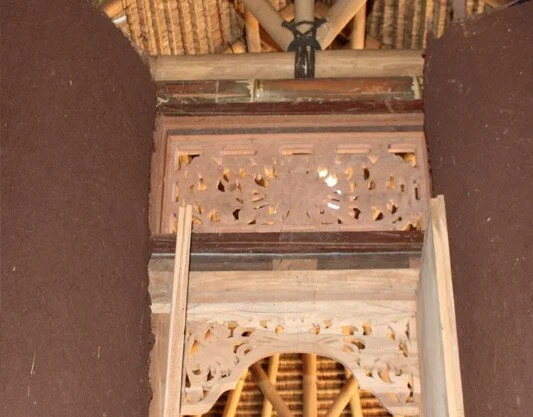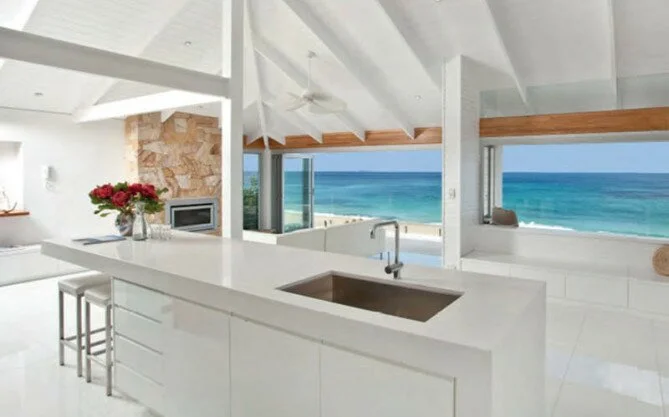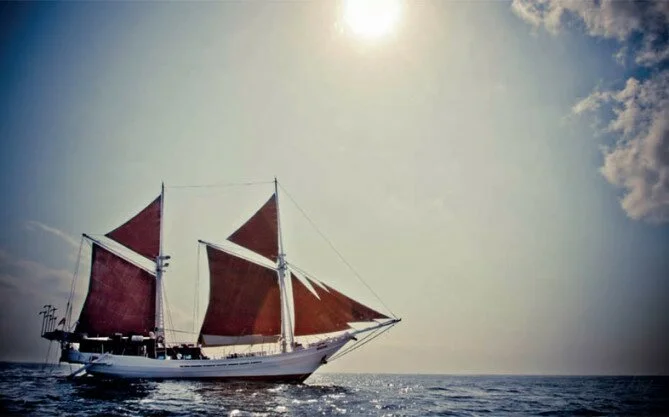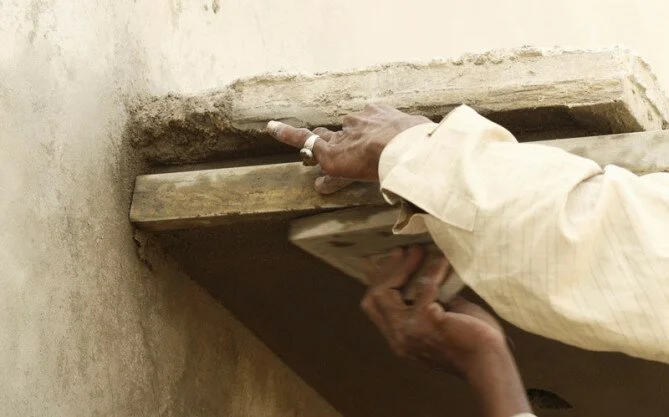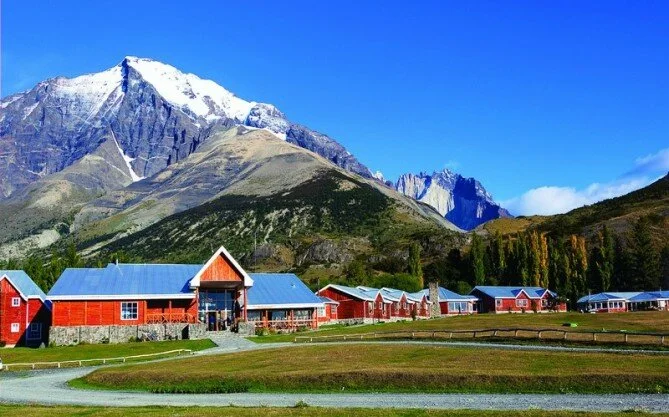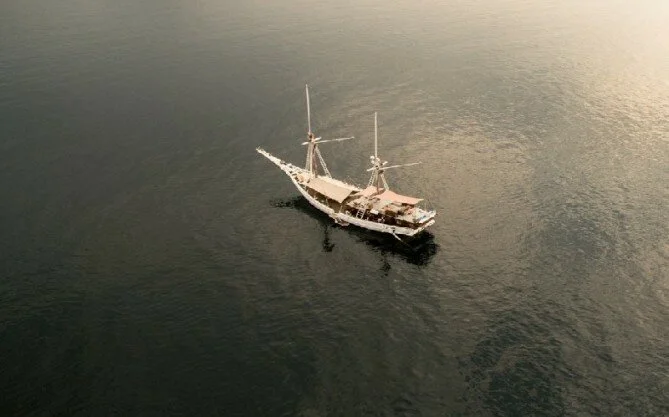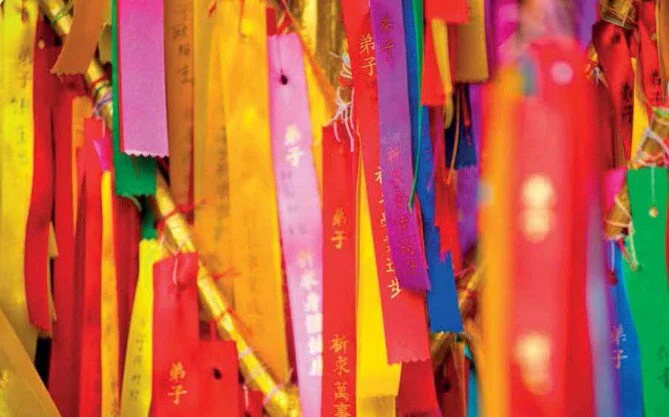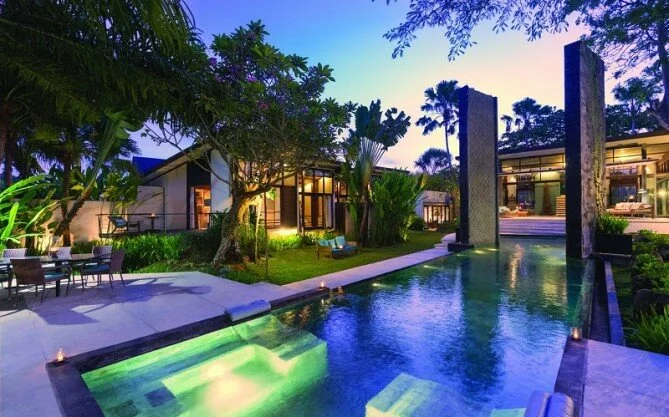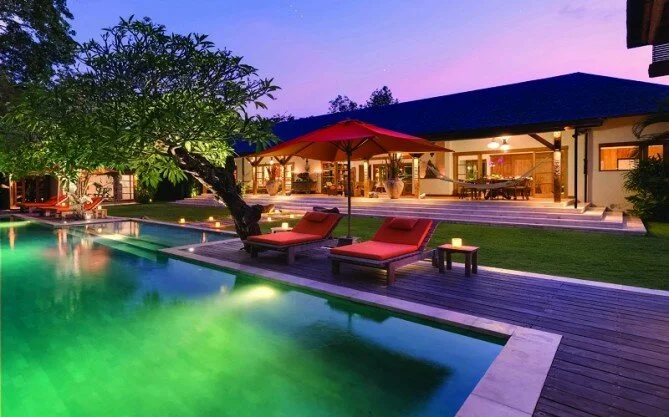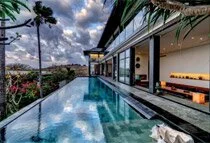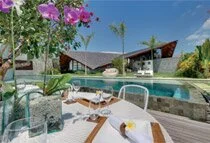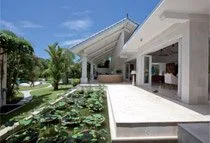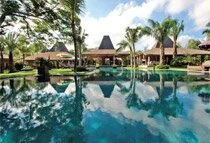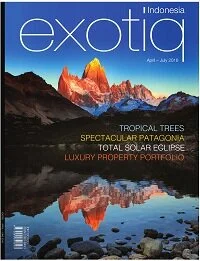- PENANG – SO MUCH TO EXPLORE
- PENANG – SO MUCH TO EXPLORE
- PENANG – SO MUCH TO EXPLORE
- PENANG – SO MUCH TO EXPLORE
- PENANG – SO MUCH TO EXPLORE
I am always amazed when I meet people who have never been to Penang, that emerald isle off Malaysia’s east coast. After all, it was long a stop off on the hippie trail that meandered across Asia from Europe, in the days when Phuket was nothing more than a few fishing villages. It was also a colonial port, and it has strong connections with Australia and Britain, and it is surprising how many folk I meet, who have enjoyed a stint of living there.
Penang is special for many enjoyable reasons. Through its long history of trade and colonisation, the most recent one being the British, it has retained its unique, somewhat somnolent character, a little like Singapore before it changed. Chinese and Indian quarters merge together with imposing clan houses, temples and a mosque or two, right in the midst of Little India. Indian music blasts out while long curls of Chinese incense burn slowly, sending tendrils of smoke heavenwards to appease their gods.
While the New Age diversions that abound in Bali have not quite reached Penang, ‘old age’ esoterica is well in place. Pop down to the thrillingly exuberant Little India, where bangra music blasts from boom boxes, and have your palm read or your astrology charts done by genuine Indian mystics. Hindu fortune tellers will give you their vision of your future for a few dollars, or you can even ask a parrot! Top it off with a genuine masala dosa and a glass of chai, or some searingly-spicy Indian curry, then shop around for all kinds of Indian specialties.
Due to some enlightened urban development strategies decided some twenty or thirty years ago, planned development was concentrated in new areas of the island rather than in the older historical quarters, with the result that Penang is now an island where the old mingles harmoniously with the new. Five minutes out of old Georgetown brings you to imposing new shopping malls and blocks of ultramodern condominiums with views over the languid Malacca Straits, while at the same time the heritage areas retain an authenticity missing in most other Asian cities, (except perhaps Malacca or Hanoi), which have been aggressively modernised out of all recognition.
- PENANG – SO MUCH TO EXPLORE
- PENANG – SO MUCH TO EXPLORE
- PENANG – SO MUCH TO EXPLORE
- PENANG – SO MUCH TO EXPLORE
I have met British senior citizens in Singapore wandering about with tears in their eyes because they can’t find any of the landmarks of their youth – and well, the same could be said for Kuta in Bali – but Penang remains reassuringly the same as it ever was, but better. The heart of Old Penang is unabashedly and exuberantly Chinese. Bright-red joss stick holders nailed into columns at the side of fivefoot wide walkways contain clumps of burning incense and daily offerings, while dim interiors reveal small family shrines alight with candles and effigies of deities. Trishaws roam the streets looking for customers, or more often the driver will park on a corner, put his legs up and exhort customers from his supine position of comfort. If his business is refused, never mind – another customer will appear presently. With the largest area of extant Chinese shophouses possibly in the world, Penang finally achieved UNESCO World Heritage Status in 2008.
Together with the demise of the Protected Rents Act in 2000, it has caused a gentrification of Old Penang which is now almost in danger of being Disneyfied. Dozens of fabulous old houses have been restored, and in some cases, completely rebuilt. Even traditional Chinese families are taking new pride in what they once perceived as their shabby old properties. Paintbrush strokes and the hum of carpenters’ tools are the new order of the day. For years, magnificent old buildings, which had fallen into disrepair, were used as nothing more than storehouses or grubby gudangs, or worse, used as little factories. Now many are being restored to their former elegance. Gutted and glamourized, they make beautiful residences and restaurants.
Penang’s heritage runs even deeper than its architecture, and for those who love Asian food, the little island is a paradise. While each cuisine manages to retain a separate identity, there is much blending at the edges and in the midst is Nonya, or ‘Straits Chinese’ food – which could be the world’s first fusion cuisine, combining elements of both Chinese and Malay cooking. Try Kebaya at 2-16 Stewart Lane, a fusion of seven terrace houses where they serve excellent quality Nonya and Indochinese dishes. It is beautiful in all ways and guests can enjoy excellent cuisine for the price of a mediocre meal in Bali. The cuisine is a continual discovery and it is not all found in the fancy restaurants. Hawker food is especially good – a fusion of influences which stem from the many people who have settled on Penang’s shores. Arabian tastes and truly authentic Indian are not luxury items but everyday fare.
- PENANG – SO MUCH TO EXPLORE
- PENANG – SO MUCH TO EXPLORE
- PENANG – SO MUCH TO EXPLORE
- PENANG – SO MUCH TO EXPLORE
As the day turns towards evening and the temperature drops, streets become impromptu restaurants as food carts are wheeled in to favourite locations, chairs and tables appear, and customers sit down ready to sample whichever specialty is on offer. Just look for a busy stall, and you can be assured the food will be great. In the midst of Penang Road is the huge Red Garden Food Court, where fresh seafood, luscious crabs and all kinds of Penang delights can be ordered then brought to your open-air table. Most nights they like to entertain with some singers, (many of dubious origin but it’s all kind of fun – remarks like “oh, she’s a boy” tend to be heard quite frequently). Penang is such a laid back relaxed place, that is a matter of ‘oh well, sit back with a beer, enjoy the food while the entertainment washes over you’. Here is your chance to try the signature asam laksa, or popiah, a kind of spring roll filled with boiled cabbage and spiced with delicacies. The char kweay teow –thick fresh prawns fried with rice noodles and pieces of pork and bean sprouts, all fried with pork lard adding an indefinable richness – is almost mandatory.
Every morning the dim sum houses are filled to capacity, especially on Sundays, as old “Aunties” wheel around trolleys groaning with assorted delicious dishes – just point and shoot! Wash it down with copious quantities of freshly-brewed Chinese tea, guaranteed to cleanse your palate and cut the fat. Taxi drivers have the best local food knowledge. If you want to find the best food, just jump into a taxi and ask the driver to take you to it. Even better, you can hire a car for a few hours and get the driver to take you on a food tour of the island. Penang’s not just for visiting or eating these days, and many foreigners are buying up properties, creating exiting new living spaces, and finding their new-found expat lifestyles, and the weather, more than agreeable. For a mere 2 million ringgit (approx US$550,000) you can buy your own legal landed freehold property on the island, even right in the midst of eclectic Georgetown. Lavish condo apartments with sea views can be snapped up for much less. While the responsibility of World Heritage Status means that the facades must remain traditional, clever architects are creating new living spaces within without destroying the rich heritage without.
- PENANG – SO MUCH TO EXPLORE
- PENANG – SO MUCH TO EXPLORE
For visitors, gentrification is bringing new boutique hotels designed to delight their guests. Visitors to Georgetown can choose between the historical Eastern&Oriental Hotel, which, with its new tower, offers some of the best accommodation on the island. For the more budget-minded, many smaller, intimate boutique properties are springing up in all kinds of places. Australian Narelle McMurtrie, the award-winning hotelier of Langkawi Bonton fame, is one of the forward-looking entrepreneurs who have seen potential in what seemed to be fairly derelict buildings. Visit her Chinahouse at 153 Lebuh Pantai in Georgetown. With the remodeling of three old shophouses, she has created a space for food, art, performance shopping and theatre, all in the best of taste.
The fabulous Cheong Fatt Tze Mansion has been in operation for a few years but this does not lessen its grandeur. Renovated using traditional techniques it has the air of a well-run museum and guests tend to tiptoe about hoping not to disturb sleeping ghosts. But whether one chooses to stay there or just visit, it is certainly a place to pop by. With so much to see, and especially, so much to eat, it seems that one would need weeks in Penang, but actually the island is much smaller than Bali and a few days is enough to get a feel for the place. If there is time, try to drive around the island. For one side that is so urban, it is surprisingly undeveloped on the far eastern side, offering sleepy fishing villages and pellucid waters. While the hippies may have passed on to greener pastures, there is still a trail of avid adventurers coming to enjoy all of the greatness that Penang has to offer.
- PENANG – SO MUCH TO EXPLORE
- PENANG – SO MUCH TO EXPLORE
Ayu Sekar

